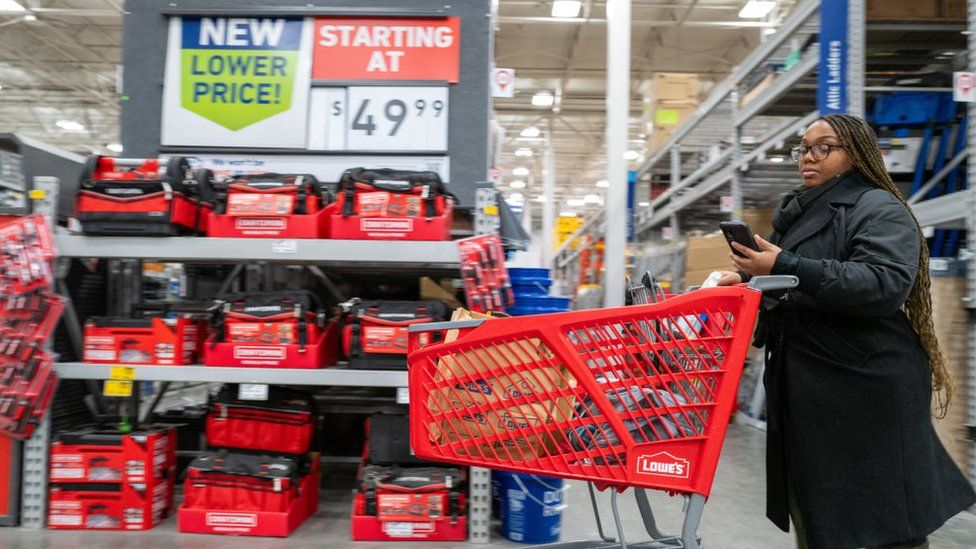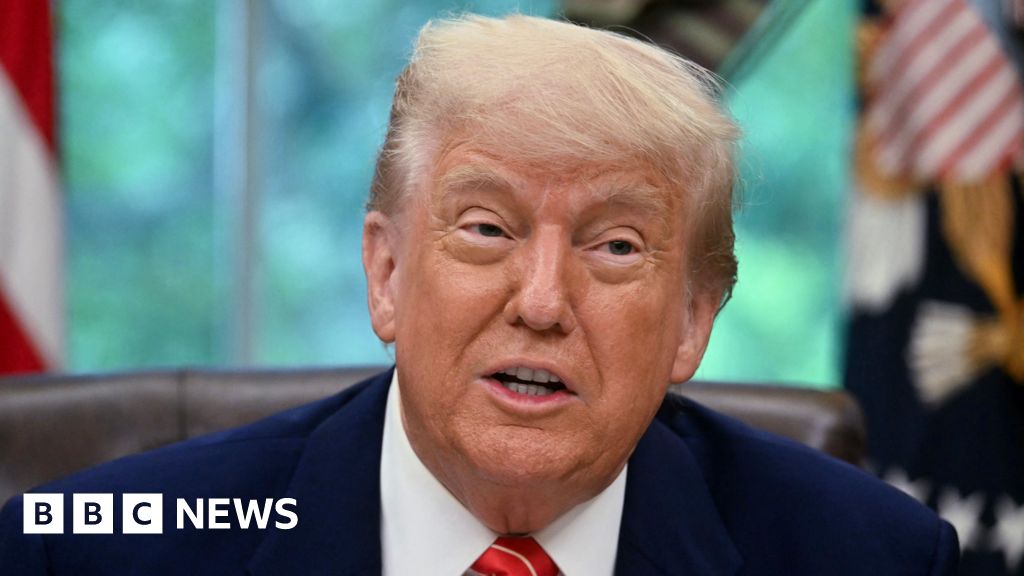ARTICLE AD BOX
 Image source, Getty Images
Image source, Getty Images
Price increases in the US moderated last month but not as much as expected, as higher housing and food costs offset a decline in petrol prices.
Annual inflation, the pace at which prices rise, was 3.1%, down from 3.4% a month earlier, the Labor Department said.
Many analysts had expected inflation to fall to 2.9%.
It is the latest economic reading to suggest that authorities have not got inflation fully under control.
Financial markets in the US opened lower after the report, which dashed any remaining hopes that progress taming the problem might convince the US central bank to cut rates early this year.
"It looks like everything is running hotter than hoped for," said Neil Birrell, chief investment officer at Premier Miton Investors. "We are not at the stage of worrying about inflation reaccelerating, but we are not out of the woods yet either."
Inflation - which measures the pace at which prices are rising - in the US took off in 2021 as a booming post-pandemic economy created shortages of supplies and strong demand, spurring many firms to put up prices.
It spiked above 9.1% in June 2022, as oil prices surged on the back of the war in Ukraine.
Since 2022, many supply issues have healed and demand has moderated, responding in part to the sharp rise in borrowing costs announced by the Federal Reserve.
But price increases have continued to percolate through, especially for services.
The ongoing price rises have hit incomes and helped to fuel dissatisfaction among voters ahead of the country's presidential election in November.
Francis Leonardo says her pay has not kept pace with rising prices
"Everything is getting more expensive, except for the payments on my salary," said Francis Leonardo, a 53-year-old grocery worker from Pennsylvania, who said she would be voting for Donald Trump in November.
The Labor Department said on Tuesday that housing costs - which rose by 6% compared with a year ago - were the main driver behind last month's inflation.
Grocery prices were up a more modest 1.2%, as the cost of some items, such as eggs, dropped back. But restaurant prices were 5.1% higher than in January 2023.
In other areas, prices for car insurance jumped a hefty 20.5% over the year, while personal care was up 5.3%.
So-called core inflation was 3.9%, unchanged from December. That measure does not include food and energy prices, which tend to fluctuate and, therefore, are not seen as good indicators of wider trends.
Mark Sherlock, head of US equities at Federated Hermes Limited, said the data in Tuesday's report would "surely further extend the timeline for the first rate cut".
"The Fed has always maintained that they are data dependent, and they are said to be keen to avoid the mistakes of the 1970s (when rates were cut too early and the US economy suffered a second, more painful round of inflation)," he said.

 1 year ago
44
1 year ago
44








 English (US) ·
English (US) ·